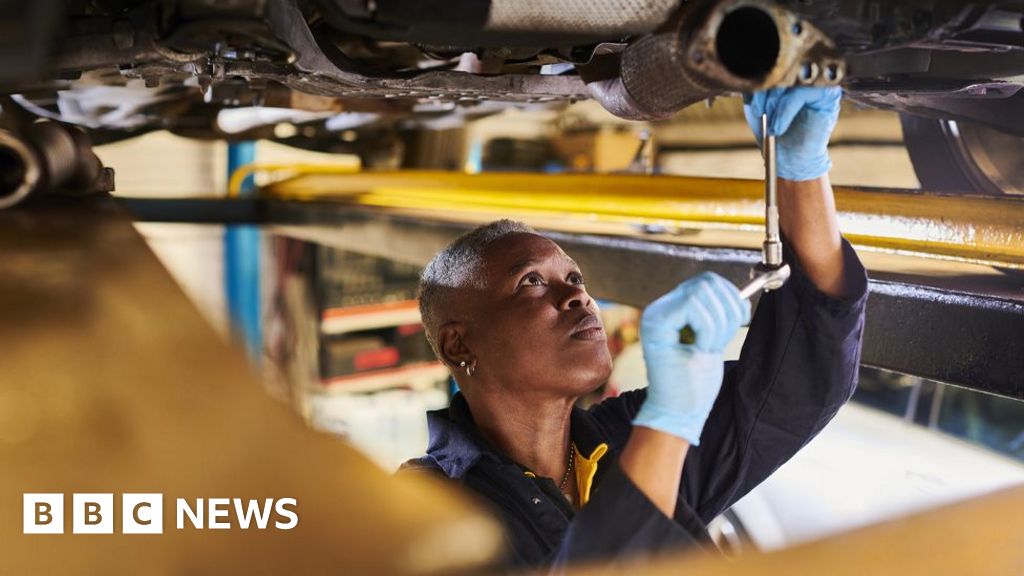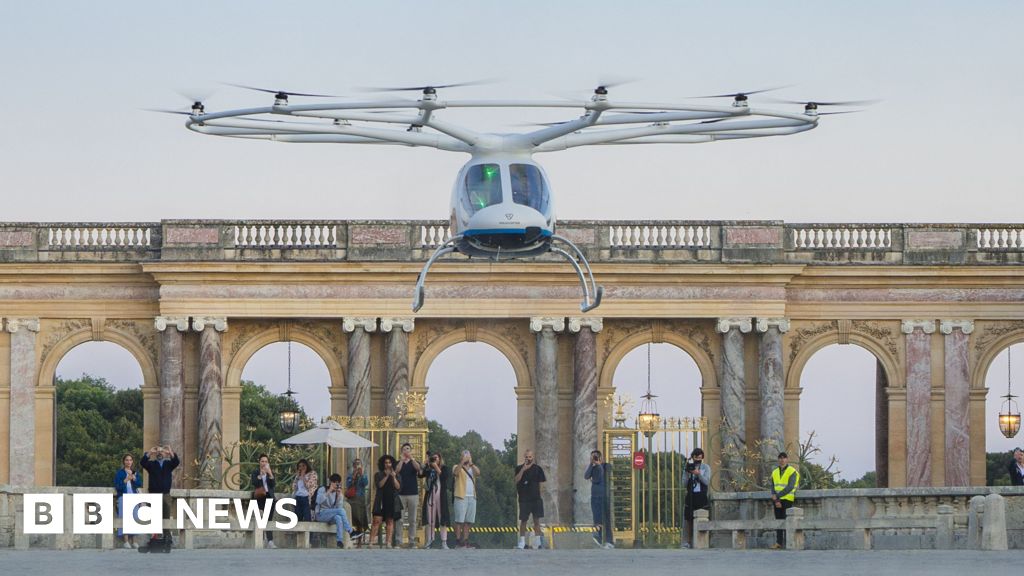ARTICLE AD BOX
Image source, Gov.uk
Image caption,The government previously planned to make all future smart motorways "all-lane" running
New "all-lane running" smart motorways have been paused while their safety is assessed, the government has said
Using the hard shoulder as a permanent live traffic lane increases capacity, but critics say it has contributed to road deaths.
Five years of safety and economic data for the schemes will now be collected.
However, hard shoulders will not be reinstated on current stretches of all-lane running motorway.
The government's move comes after MPs said in November there was not enough safety and economic data to justify this type of smart motorway.
In the event that a car breaks down on all-lane running smart motorways, drivers are meant to aim for emergency refuge areas.
But critics say the schemes can leave cars stranded in fast-moving traffic.
There are about 375 miles of smart motorway, roads which use technology to maintain the flow of traffic and give information on overhead displays, in England, including 235 miles without a hard shoulder.
According to government figures, 38 people were killed on smart motorways between 2014 and 2019.
The roll-out pause means work on the M3 between junctions 9 and 14, the M40/M42 interchange, on the M62 between junctions 20 and 25, and on the M25 between junctions 10 and 16 will be suspended.
Schemes that are already under construction will be completed, the government said, and on existing all-lane running motorways, £390m of public funds will be provided for more refuge areas and technology to detect stopped vehicles.
Refuge areas should be no more than 1.5km apart, and should be 1km apart where possible, it said, as opposed to being up to 2.5km apart at the moment.
Image source, PA Media
Image caption,Claire Mercer, from Rotherham, has campaigned against the use of smart motorways since her husband's death
The Department for Transport (DfT) said where hard shoulders have been removed, they won't be reinstated, as they "do not always provide a safe place to stop" and could also push more traffic onto local roads.
But campaigner Claire Mercer, whose husband Jason was killed on a stretch of smart motorway near Sheffield in 2019, said: "The only acceptable thing would be for all hard shoulders to be returned permanently, 24/7, on all motorways."
If that doesn't happen, she said: "We'll carry on fighting, and pushing the legal challenge."
Jason was killed when he and another driver stopped in a live lane of an all-lane running motorway after a minor collision and were hit by a lorry.
Transport Secretary Grant Shapps said: "While our initial data shows that smart motorways are among the safest roads in the UK, it's crucial that we go further to ensure people feel safer using them."
As part of its review, the government said it will look at how so-called controlled motorways, which have a hard shoulder, compare with all-lane running motorways.
'Very scary near-misses'
Image source, Michael Patterson
Image caption,Michael Patterson broke down on the M5 in August 2020.
Michael Patterson broke down on an all-lane running stretch of the M5 in August 2020 and "couldn't find" a refuge bay so "just came to halt, mercifully on the inside lane".
He said there was "no immediate closure of the lane" he had stopped in, which resulted in "three very scary near-misses".
"I had abuse hurled at me, horns sounding at me," he added.
"Nothing happened for five or 10 minutes in terms of the lane being controlled so I dialled 999, and the emergency services sorted it out, but the highways people didn't turn up for about 20 minutes.
"I got myself over the crash barrier, but if I'd had my youngest son with me, who is physically disabled, learning disabled, and autistic, I never would have got him out of the car."
The government said in March 2020 that all new smart motorways would be all-lane running, but in November that year MPs on the Commons Transport Select Committee said more safety data was needed.
Committee chairman Huw Merriman has said the committee first raised smart motorway safety concerns in 2016.
Sir Mike Penning, who supported smart motorways when serving as roads minister between 2010 and 2012, said the government had not gone far enough, and should bring back hard shoulders on motorways while it was reviewing the data.
'Sitting ducks'
Motoring organisation the AA said drivers become "sitting ducks" if there are not enough refuges and not accurate enough technology to warn of dangers.
Meanwhile, the RAC said many drivers "have deeply held concerns over the safety of motorways where the hard shoulder is permanently removed" and added it was pleased the pause button had been hit.
Duncan Smith, executive director of operations at National Highways, told the BBC he was "convinced" smart motorways were safe and that there was "more we can do convince people that they are safe".
The government agency, which monitors the South East's major roads, is putting up more signs for emergency bays and rolling out a radar-based system which should alert its control room about a stranded vehicle within 20 seconds.
The point of smart motorways is to increase capacity and cut congestion, without the cost and disruption of building new roads or widening existing ones.
This a significant moment in their journey. The rollout of "all-lane running" won't go into reverse, but the brakes have been applied.
Further safety and economic data will be gathered, and the effectiveness of planned improvements assessed, before any new projects get underway.
Some campaigners will never accept anything less than hard shoulders being reinstated where they've already made way for an extra lane of traffic.
The government's view remains that this would not be the right thing to do, and the focus should be on upgrading safety instead.
Related Internet Links
The BBC is not responsible for the content of external sites.

 2 years ago
37
2 years ago
37








 English (US)
English (US)